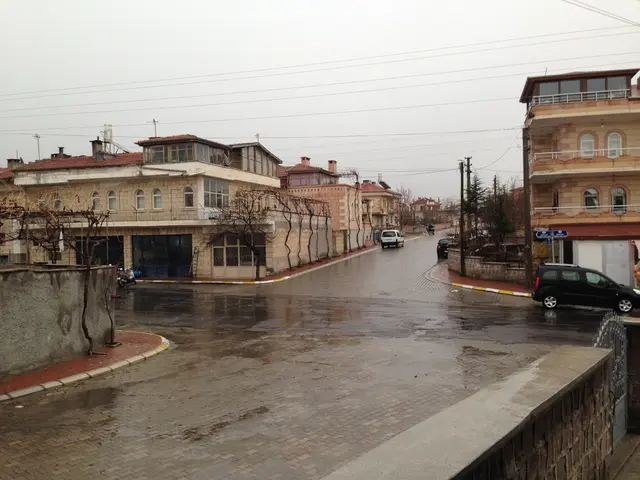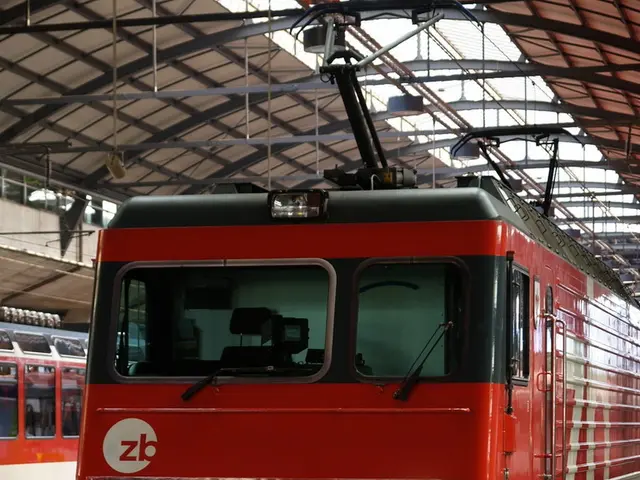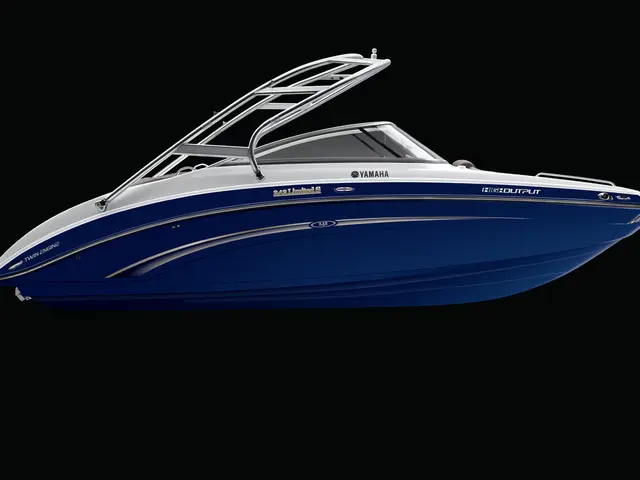Operating Unexpectedly: Tanja Persists Amidst Functioning Mechanisms - Ongoing obstruction persists despite dredging efforts by Tanja.
Elbe River's Low Water Levels Cause Ferry Service Disruption
The ongoing low water levels in the Elbe River may prolong the operational halt of the ferry "Tanja" between Darchau and Neu Darchau. Due to an accumulation of sand on the east side, a dredger has been clearing the riverbed for several days. The ferry, which has been repaired at the Lauenburg shipyard, cannot return as the navigational channel is too shallow.
Operations manager, Andreas Dau, shares his hope for some water flow down the Elbe from Czechia in the coming days to restore normal conditions. He currently cannot estimate the duration of the standstill, with repairs completed on the "Tanja's" drive due to repeated ground contact. Dau is also seeking financial resources to build a successor model with a shallower draft, estimated to cost up to eight million euros.
The "Tanja," inadequately designed for the low water levels exacerbated by climate change, serves around 500 motor vehicles daily and is a source of employment for approximately 300 people in the Amt Neuhaus administration on the opposite shore.
Dau also brings up the controversial 90 million euro bridge project, which connects Neu Darchau in the Landkreis Lüchow-Dannenberg with Darchau in the Amt Neuhaus municipality in the Landkreis Lüneburg. He suggests that the bridge's size might be reconsidered given its costs, with the Wake-Darchau ferry offering an alternative crossing option.
Climate change has resulted in more frequent water level fluctuations in the Elbe, with increased chances of floods and droughts. For instance, the region has experienced severe floods, such as the floods of the century in 2002 and 2013, brought about by prolonged heavy rainfall events. Paradoxically, these extreme events pair with prolonged periods of low water levels, impacting the navigability of vessels like the "Tanja."
Adaptive river basin management, focusing on water retention and sustainable landscape practices, is being developed and tested through initiatives like the SOLVE project. The goal is to secure water availability and sustain ferry operations in the face of climate variability. This includes integrating scientific data, local knowledge, and policy frameworks to create resilient water management strategies for the region's waterways.
- The community policy should consider allocating funds for the construction of a shallower-draft successor model for the ferry "Tanja," estimated to cost up to eight million euros.
- Dau suggests reconsidering the size of the controversial 90 million euro bridge project, given its high cost, as an alternative crossing option, the Wake-Darchau ferry, remains operational.
- The employment policy should address the impact of climate change on the employment of around 300 people in the Amt Neuhaus administration due to the disrupted service of the ferry "Tanja."
- In light of the Elbe River's increased frequency of water level fluctuations due to climate change, the environmental-science and public-transit policies must focus on adaptive river basin management for securing water availability and maintaining transportation services.








